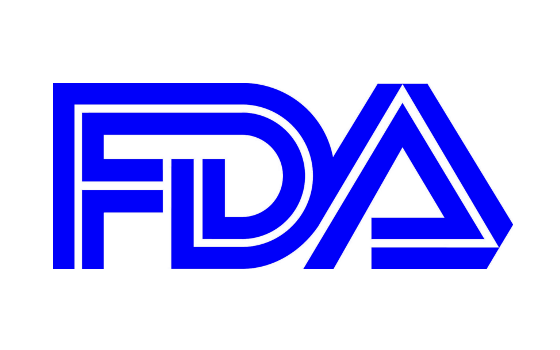 Today, the U.S. Food and Drug Administration cleared the first new major technological improvement for Computed Tomography (CT) imaging in nearly a decade.
Today, the U.S. Food and Drug Administration cleared the first new major technological improvement for Computed Tomography (CT) imaging in nearly a decade.
"Computed tomography is an important medical imaging tool that can aid in diagnosing disease, trauma or abnormality; planning and guiding interventional or therapeutic procedures; and monitoring the effectiveness of certain therapies," said Laurel Burk, Ph.D., assistant director of the Diagnostic X-ray Systems Team in the FDA's Center for Devices and Radiological Health. "Today's action represents the first major new technology for computed tomography imaging in nearly a decade and underscores the FDA’s efforts to encourage innovation in areas of scientific and diagnostic progress."
The device uses the emerging CT technology of photon-counting detectors which can measure each individual X-ray that passes through a patient's body, as opposed to current systems which use detectors that measure the total energy contained in many X-rays at once. By 'counting' each individual X-ray photon, more detailed information about the patient can be obtained and used to create images with less information that is not useful in the review and analysis.
Computed tomography (sometimes called computerized tomography) is a noninvasive medical examination or procedure that uses specialized X-ray equipment to produce cross-sectional images of the body. Each cross-sectional image represents a 'slice' of the person being imaged, not unlike the slices in a loaf of bread. These cross-sectional images are used for a variety of diagnostic and therapeutic purposes.
CT scans can be performed on every region of the body for a variety of reasons. The CT system then converts these counts or measurements through complex software into the recorded images the health care provider reads and analyzes.
The new diagnostic imaging device, called Siemens NAEOTOM Alpha, is designed to transform the information from X-ray photons that pass through a patient's body, and are received by a detector, into a detailed 3-dimensional image. The images delivered by the system can be used by a trained physician as an aid in diagnosis or can be used by trained staff as an aid in diagnosis, treatment preparation and radiation therapy planning.
The FDA reviewed the Siemens NAEOTOM Alpha through the 510(k) premarket clearance pathway. A 510(k) is a premarket submission made to the FDA to demonstrate that a new device is substantially equivalent to a legally marketed predicate device.
The FDA granted clearance of Siemens NAEOTOM Alpha to Siemens Medical Solutions Inc.